The state plays the role of referee
Over the past decade, although many programs and resolutions on economic restructuring and growth model innovation have been issued, the results have not been as expected. With the Resolutions of the 12th Central Committee (Resolution No. 05-NQ/TW on a number of major policies and guidelines to continue promoting economic restructuring; Resolution No. 11-NQ/TW on perfecting the socialist-oriented market economic institutions), we have clearly identified the path of "economic restructuring" and "growth model transformation".
The nature of this transformation is inevitable, following international practice: shifting from a growth model based on resources (phase 1) to a model based on productivity and efficiency (phase 2), before moving to a model based on science, technology and innovation (phase 3). When reaching an average income of 3,800-4,000 USD, the weight of phase 2 (productivity, efficiency) must account for the majority to overcome the middle-income trap.

We have been thinking in that direction. Even in the context of the 4.0 industrial revolution, we have set the slogan "catch up, move forward and possibly surpass". However, the reality of recent years shows that the transformation of the growth model from breadth to depth has not been successful. The economy has not really been based on improving efficiency, productivity and competitiveness, even in the most favorable localities.
We want to break through to phase 3 (using science - technology, innovation, digital transformation as the driving force), while phase 2 (efficiency, productivity) is not yet complete. This is a core contradiction. It is impossible to move to a model using science - technology as the driving force if the model based on efficiency is not the main driving force.
It is not that we do not know the disease. The cause of this stagnation has been pointed out many times by General Secretary To Lam. At the opening session of the 8th session of the 15th National Assembly, General Secretary and President To Lam stated that the 3 biggest bottlenecks at present are institutions, infrastructure, and human resources.
Of the three bottlenecks, the institutional system is identified as the biggest bottleneck, due to being bound by the old management mindset of “if you can’t manage, then ban” instead of “creating new development space”. The State still focuses on “allowing” (pre-control) instead of establishing clear rules of the game and handling violations (post-control).
More dangerously, there are legal regulations that are born from the interests of industry groups rather than for the overall benefit. As long as the “ask-give” mechanism still exists, the markets for production factors (land, capital, labor, science and technology) cannot develop and resources cannot be allocated effectively.
Digital transformation is inseparable from the real economy.
As General Secretary To Lam has pointed out, institutional reform must be considered the breakthrough of all breakthroughs, because high growth cannot be achieved when the legal environment remains restrictive, fragmented, and inconsistent. However, the current reform goal is not only to cut administrative procedures, but also to fundamentally change legislative thinking.
An obvious example: The Investment Law has been comprehensively revised twice, but there are still more than 230 conditional business lines, many of which are no longer suitable. The documents of the 14th Party Congress need to clearly set the goal of abolishing all unnecessary business conditions, shifting from pre-inspection to post-inspection, and at the same time unifying the principle that specialized laws cannot impose additional business conditions.
In this innovative legal system, the State plays the role of referee to ensure that all economic sectors are developed fairly. This core principle must be clearly stated in the document.
In other words, the socialist-oriented market economic institution needs to be understood in a modern sense: every subject has the right to freely create, do business and get rich legally within the legal framework, the State only regulates to ensure order, safety and development orientation. At that time, the new institution is no longer a barrier, but becomes a driving force for growth.
In the context of the 4.0 industrial revolution, we have the opportunity to accelerate with digital technology. However, digital transformation cannot be separated from the real economy, and digital technology itself cannot be the only driving force. The real driving force lies in the ability to innovate throughout society - when every business, organization, and individual is free to experiment, and has their property rights and creative rights protected.
To successfully transform the growth model, it is necessary to focus on three key factors. First, strongly develop the market for production factors - especially land, capital, labor and science and technology. Second, the State does not intervene administratively but designs an institutional framework for the market to operate transparently. Third, comprehensively reform the management apparatus, build new capacity compatible with a modern market economy and deep integration.
The target of sustainable double-digit growth cannot be achieved with old thinking and ways of doing things. Documents need to be shaped so that we have a creative State, where laws are built to pave the way for development, an action-oriented Government, always looking for ways to remove barriers, unlock resources, stimulate creativity and need real dynamic areas to create national momentum.
Source: https://www.sggp.org.vn/kien-tao-cuoc-doi-moi-ve-the-che-va-tu-duy-phat-trien-post821564.html


![[Photo] Panorama of the Patriotic Emulation Congress of Nhan Dan Newspaper for the period 2025-2030](https://vphoto.vietnam.vn/thumb/1200x675/vietnam/resource/IMAGE/2025/11/04/1762252775462_ndo_br_dhthiduayeuncbaond-6125-jpg.webp)



![[Photo] Opening of the 14th Conference of the 13th Party Central Committee](https://vphoto.vietnam.vn/thumb/1200x675/vietnam/resource/IMAGE/2025/11/05/1762310995216_a5-bnd-5742-5255-jpg.webp)

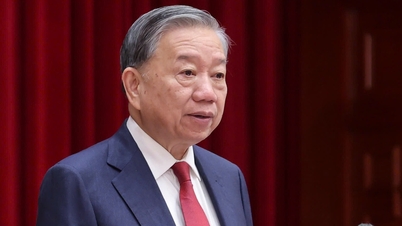



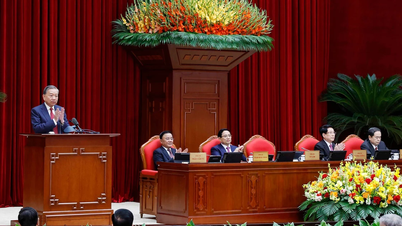

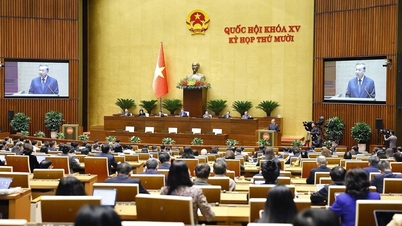












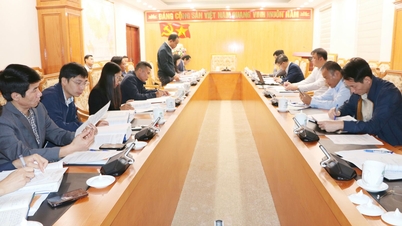





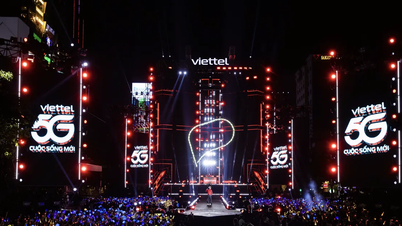



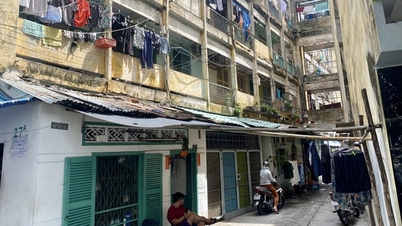




















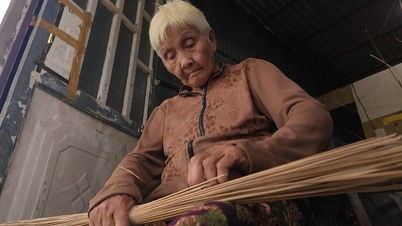














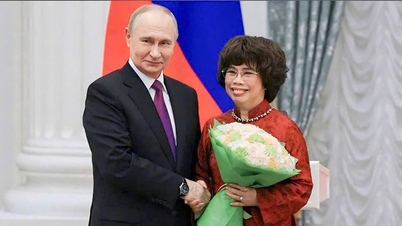

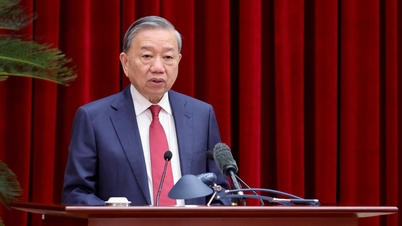


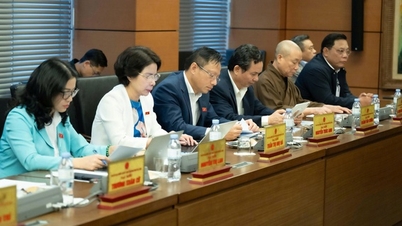

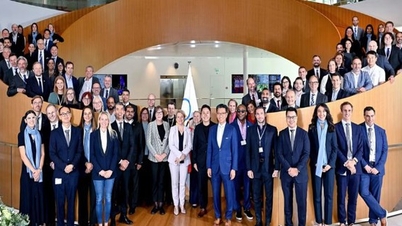



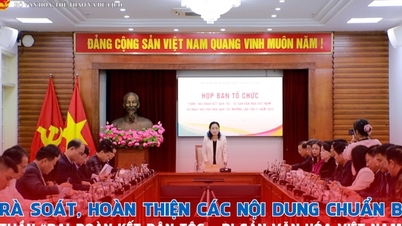

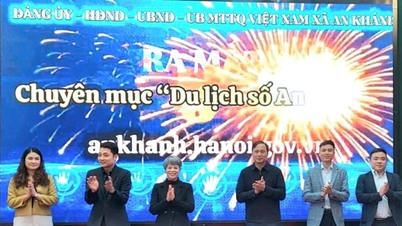

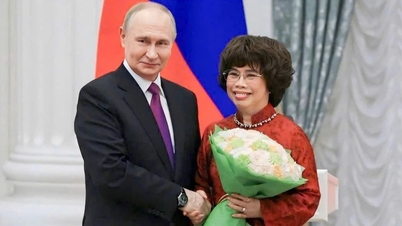

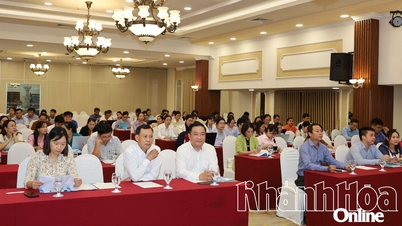

















Comment (0)